« Standards for Evaluating the Reliability of Gospel Manuscripts | Home | The Quantity and Quality of Textual Variants »
How Should We Evaluate the Antiquity of the Gospel Manuscripts?
By Mark D. Roberts | Tuesday, June 26, 2007
Today’s post, as well as several posts to come, are excerpts from my new book, Can We Trust the Gospels? Investigating the Reliability of Matthew, Mark, Luke, and John.
The smallest time gap, the one between P52 and the autograph of John’s Gospel, is two generations. The more complete manuscripts are about a century later than the original writings, with extant copies of the whole New Testament more than two centuries later than the time of composition. From our point of view, the period between the extant manuscripts of the Gospels and the autographs may seem awfully long, and may raise doubts about the reliability of the Gospel manuscripts. (Picture to the right: an ancient manuscript of one of the letters of Paul)
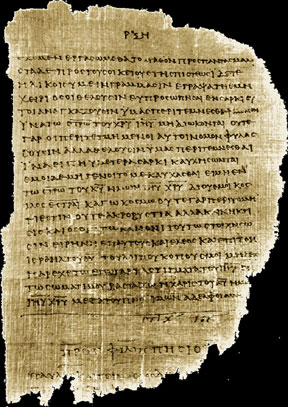 But if we compare the antiquity of the Gospel manuscripts with similar ancient writings, the case for trusting the Gospels gains considerable strength. Consider, for example, the writings of three historians more or less contemporaneous with the evangelists: the Jewish historian Josephus and the Roman historians Tacitus and Suetonius. The oldest extant manuscripts of Tacitus and Suetonius come from the ninth century. Those of Josephus date back only to the eleventh century. We’re talking about a time gap of 800 to 1,000 years between the autographs and the extant manuscripts, yet historians accept the manuscripts as basically reliable representations of what was originally written. Lest it seem that I’ve chosen examples that are unusual, the oldest manuscripts of the classical historians Herodotus and Thucydides are separated from their autographs by about 500 years.
But if we compare the antiquity of the Gospel manuscripts with similar ancient writings, the case for trusting the Gospels gains considerable strength. Consider, for example, the writings of three historians more or less contemporaneous with the evangelists: the Jewish historian Josephus and the Roman historians Tacitus and Suetonius. The oldest extant manuscripts of Tacitus and Suetonius come from the ninth century. Those of Josephus date back only to the eleventh century. We’re talking about a time gap of 800 to 1,000 years between the autographs and the extant manuscripts, yet historians accept the manuscripts as basically reliable representations of what was originally written. Lest it seem that I’ve chosen examples that are unusual, the oldest manuscripts of the classical historians Herodotus and Thucydides are separated from their autographs by about 500 years.
If someone were to claim that we can’t have confidence in the original content of the Gospels because the existing manuscripts are too far removed from the autographs, then that person would also have to cast doubt upon our knowledge of almost all ancient history and literature. Such skepticism, which is not found among classical scholars and historians, would be extreme and unwarranted.
Therefore, on the antiquity scale, the New Testament Gospels receive a top score.
Topics: Can We Trust the Gospels? |
One Response to “How Should We Evaluate the Antiquity of the Gospel Manuscripts?”
Comments
Thanks for your willingness to make a comment. Note: I do not moderate comments before they are posted, though they are automatically screened for profanities, spam, etc., and sometimes the screening program holds comments for moderation even though they're not offensive. I encourage open dialogue and serious disagreement, and am always willing to learn from my mistakes. I will not delete comments unless they are extraordinarily rude or irrelevant to the topic at hand. You do need to login in order to make a comment, because this cuts down on spam. You are free to use a nickname if you wish. Finally, I will eventually read all comments, but I don't have the time to respond to them on a consistent basis because I've got a few other demands on my time, like my "day job," my family, sleep, etc.
You must be logged in to post a comment.


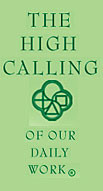


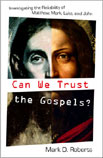


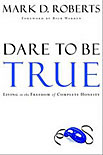

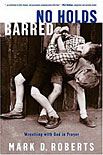
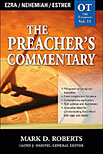



October 26th, 2009 at 4:57 am
Hello:
Could you tell me where you able to obtain permission to use the ancient manuscript of the Apostle Paul? We are looking to publish such a manuscript in an article about the authenticity of the gospels.
Sincerely,
Jim